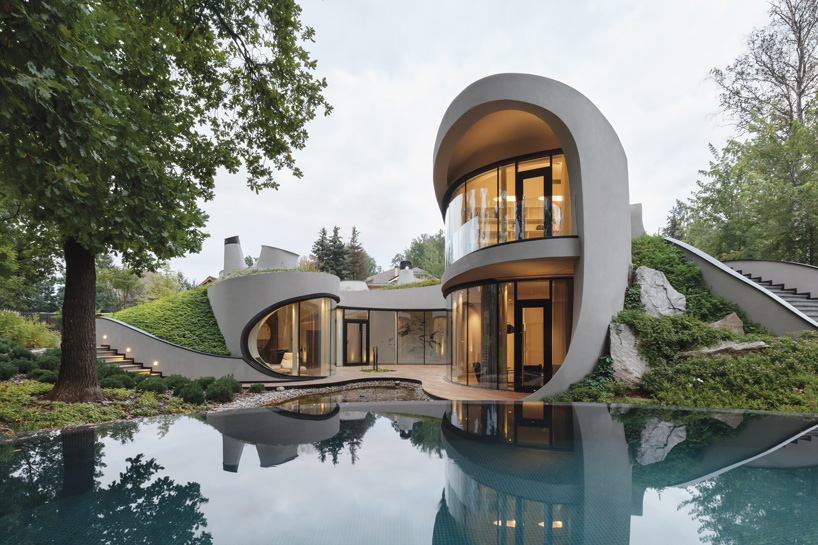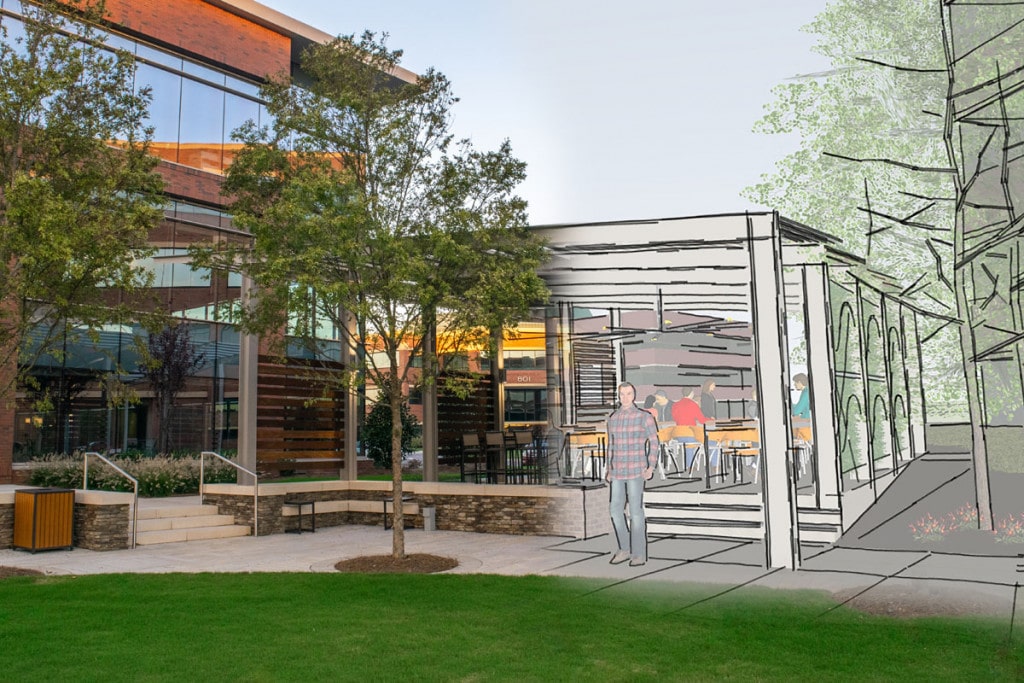A Thorough Overview of Building Styles and Their Impact on Modern City Planning and Growth
Building styles have long offered as a mirror to the societal values and technological developments of their time, playing an essential function in shaping contemporary city preparation and advancement. From the magnificence of Neoclassicism to the utilitarian method of Brutalism, each style has actually introduced unique principles that influence urban aesthetics and performance.
Historical Summary of Architectural Designs

As societies transitioned via the Center Ages, Gothic architecture arised, characterized by its verticality and detailed outlining, mirroring the spiritual ambitions of the period. The Renaissance noted a resurgence of classical perfects, merging art and architecture in cutting-edge manner ins which affected succeeding designs across Europe.

Today, architectural designs remain to evolve, driven by globalization and sustainability problems, showing a vibrant interaction between heritage and development. This historic review underscores the importance of design as a mirror of societal evolution and as a stimulant for metropolitan growth.
Key Architectural Styles Explained
The diversity of architectural designs reflects the myriad influences that shape our built environment, each personifying distinct attributes and cultural importances. Key architectural styles include Timeless, Gothic, Baroque, Modernism, and Postmodernism, each representing unique historical contexts and aesthetic ideologies.
Timeless architecture, rooted in old Greece and Rome, stresses proportion, percentage, and making use of columns (cda architects). On the other hand, Gothic design, thriving in the Middle Ages, is characterized by sharp arches, ribbed safes, and flying buttresses, developing a spiritual top quality in basilicas. Baroque architecture, emerging in the 17th century, is marked by grandeur, sophisticated decoration, and a vibrant interplay of light and darkness
Modernism, which gained momentum in the very early 20th century, prioritizes function over kind, utilizing new products like steel and glass to produce minimal structures. Postmodernism, reacting against the austerity of Innovation, accepts eclecticism and historic recommendation, commonly incorporating lively components and irony.

Effect on Urban Preparation
Fit the advancement of cities, architectural styles dramatically our website affect city preparation decisions. The option of architectural style usually determines the aesthetics, capability, and total personality of urban atmospheres. Innovation, with its focus on minimalism and performance, encourages open spaces and the assimilation of technology, shaping city designs that prioritize performance and accessibility. On the other hand, typical designs may highlight historical preservation, bring about urban designs that keep social heritage and promote pedestrian-friendly atmospheres.
Furthermore, architectural styles can influence zoning regulations and land make use of policies. Urban organizers need to consider the prevailing building patterns when creating districts, making certain that brand-new growths harmonize with existing frameworks. This consideration promotes cohesive city landscapes and boosts neighborhood identification.
The execution of particular building designs can likewise affect socioeconomic aspects within a city. As an example, premium contemporary layouts might attract upscale locals and organizations, leading to gentrification, while much more budget-friendly housing remedies might focus on sensible and lasting designs to suit varied populations. Eventually, the interplay between architectural designs and urban planning produces dynamic cities that reflect both historic context and contemporary needs, shaping the lived experiences of their occupants
Sustainability and Modern Architecture
Architectural designs play a pivotal duty in addressing contemporary challenges, specifically in the realm of sustainability. As city locations increase and ecological concerns intensify, modern-day style increasingly embraces lasting design concepts that focus on energy efficiency, source conservation, and marginal ecological influence.
Contemporary architectural activities, such as biophilic design and eco-friendly style, supporter for structures that harmonize with their environments, making use of natural materials and advertising biodiversity. These designs typically integrate sustainable energy sources, such as solar panels and wind turbines, to decrease reliance on fossil fuels and lower carbon footprints.
Furthermore, the combination of advanced technologies, such as smart building systems, improves energy monitoring, enhancing resource usage while guaranteeing passenger comfort. Cutting-edge water monitoring approaches, including rain harvesting and greywater recycling, additional add to sustainable urban environments.
Significantly, sustainability expands past ecological concerns; it incorporates social and economic measurements. By promoting area health and advertising inclusivity, modern building styles line up with sustainable growth goals. As a result, the advancement of building practices remains to shape resistant cities that not only satisfy the requirements of today but also safeguard the future for generations to find.
Community Interaction in Design
Area interaction in style works as an important bridge between designers and the populations they serve, ensuring that the developed setting mirrors the requirements and aspirations of its individuals. This collective process welcomes community participants to add their understandings and preferences, promoting a sense of ownership and responsibility towards the spaces they occupy.
Reliable area interaction uses different methods, such as workshops, surveys, and public forums, to gather diverse viewpoints. These approaches assist in a two-way dialogue, enabling architects to recognize regional contexts while encouraging homeowners to voice their issues and desires. This inclusivity not only improves the design high go quality but additionally promotes social advice equity by resolving the unique difficulties encountered by marginalized groups.
Additionally, area interaction can bring about innovative options that could not arise in a standard design process. By incorporating local knowledge and social values, architects can develop rooms that reverberate even more deeply with individuals, boosting functionality and sustainability. Ultimately, focusing on neighborhood interaction in layout processes results in settings that support social communications, assistance health, and enhance community ties, thus playing a crucial function in shaping contemporary metropolitan landscapes.
Final Thought
Architectural designs have actually greatly influenced modern-day city preparation and growth, mirroring progressing social and technical contexts. As cities proceed to expand and adapt, the continuous dialogue between building heritage and modern-day design concepts will continue to be crucial in developing comprehensive, vivid rooms that improve high quality of life and advertise social equity.